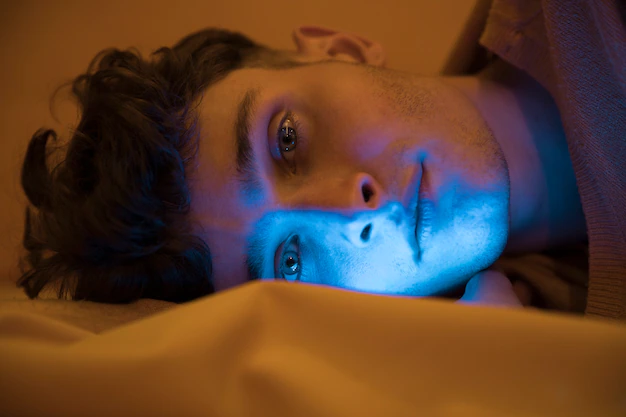The Impact of Blue Light on Your Eyes

Blue light is a type of visible light with a short wavelength and high energy. It’s emitted by many sources, including the sun, electronic devices like smartphones and computers, and energy-efficient light bulbs.
The concern with blue light is that prolonged exposure to it can cause damage to the cells in the retina, the part of the eye that processes visual information. This can lead to digital eye strain, which is characterized by symptoms like dry eyes, headaches, and blurred vision.
Additionally, some studies have suggested that blue light exposure at night may disrupt the body’s natural sleep-wake cycle, which can lead to insomnia and other sleep problems.
While blue light exposure from electronic devices is generally considered safe in moderation, there are steps you can take to reduce your risk of eye strain and other related issues. These include:
- Using the 20-20-20 rule: Take a 20-second break every 20 minutes and look at something 20 feet away to give your eyes a rest.
- Adjusting your device’s display settings: Many smartphones and computers have a “night mode” or “blue light filter” that can reduce the amount of blue light emitted by the screen.
- Wearing blue light-blocking glasses: These special glasses are designed to filter out blue light and can be particularly helpful if you spend a lot of time working on a computer or using other electronic devices.
- Limiting your exposure to screens before bedtime: Try to avoid using electronic devices for at least an hour before going to bed to minimize the risk of sleep disturbances.
Overall, while blue light exposure can be a concern, there are steps you can take to protect your eyes and minimize your risk of related issues.
